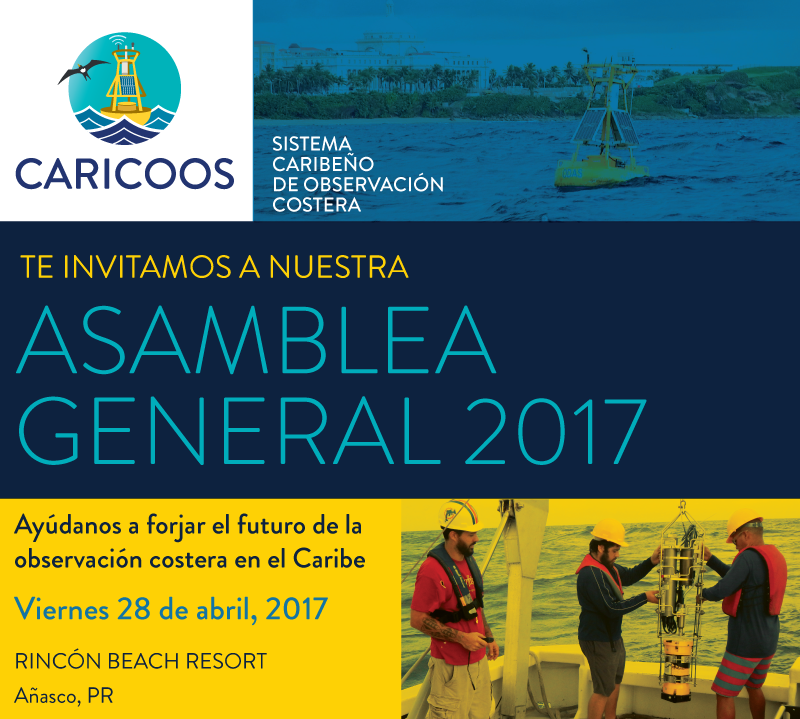
Author Archives for Sylvia
De regreso al agua la boya de CO2

CO2 Buoy Back in the Water!

En mantenimiento la boya de acidificación
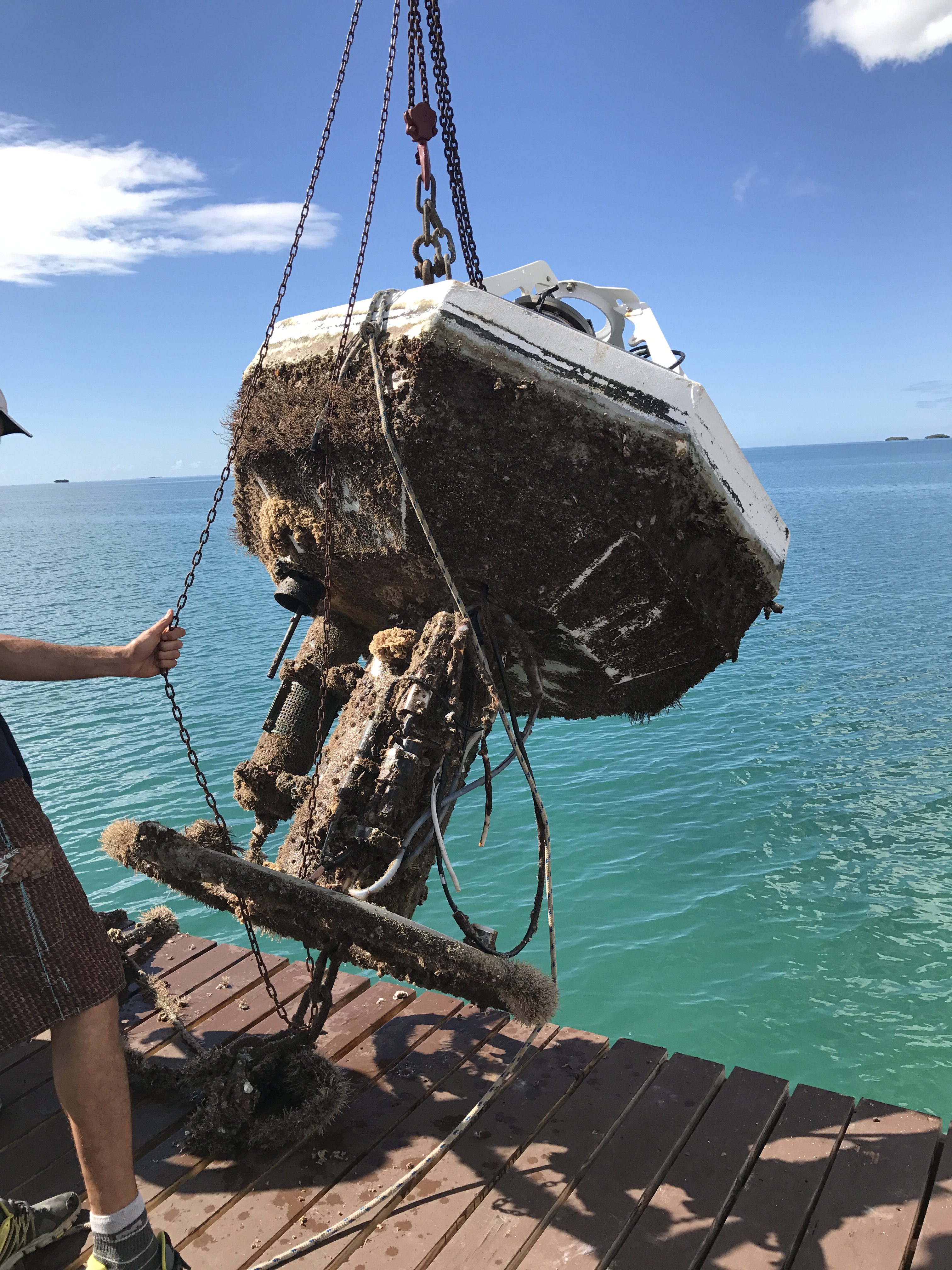
BRINGING OUR TALENT BACK: CARICOOS NEW POSTDOCS
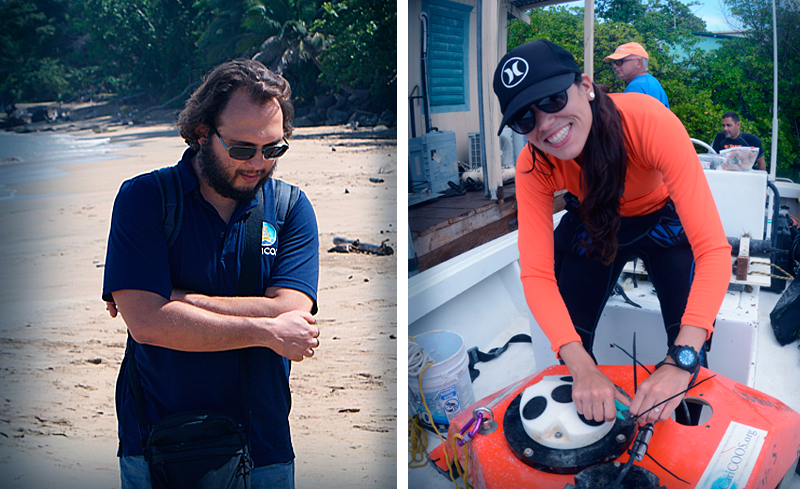
Natural Coastal Barriers at Risk?
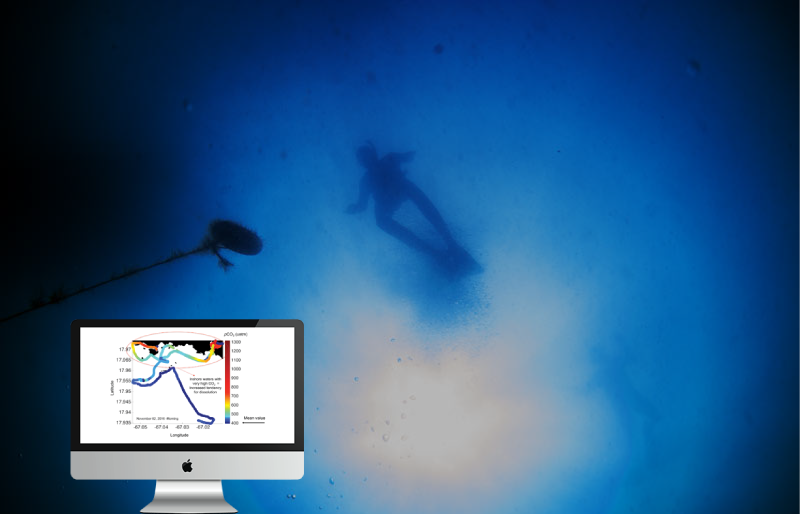
¿En riesgo nuestras barreras costeras?
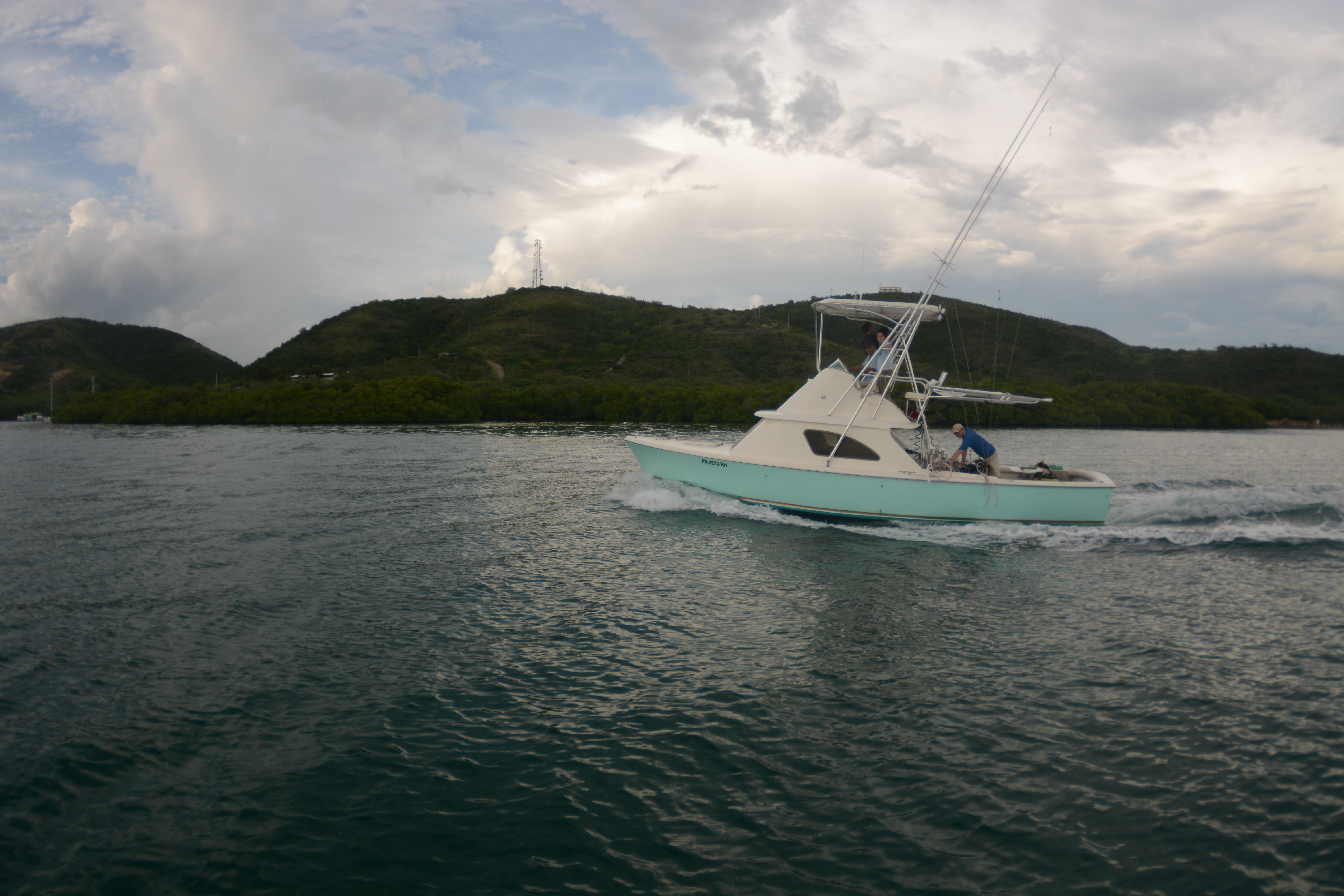
Towards Improving Beach Water Quality Predictions
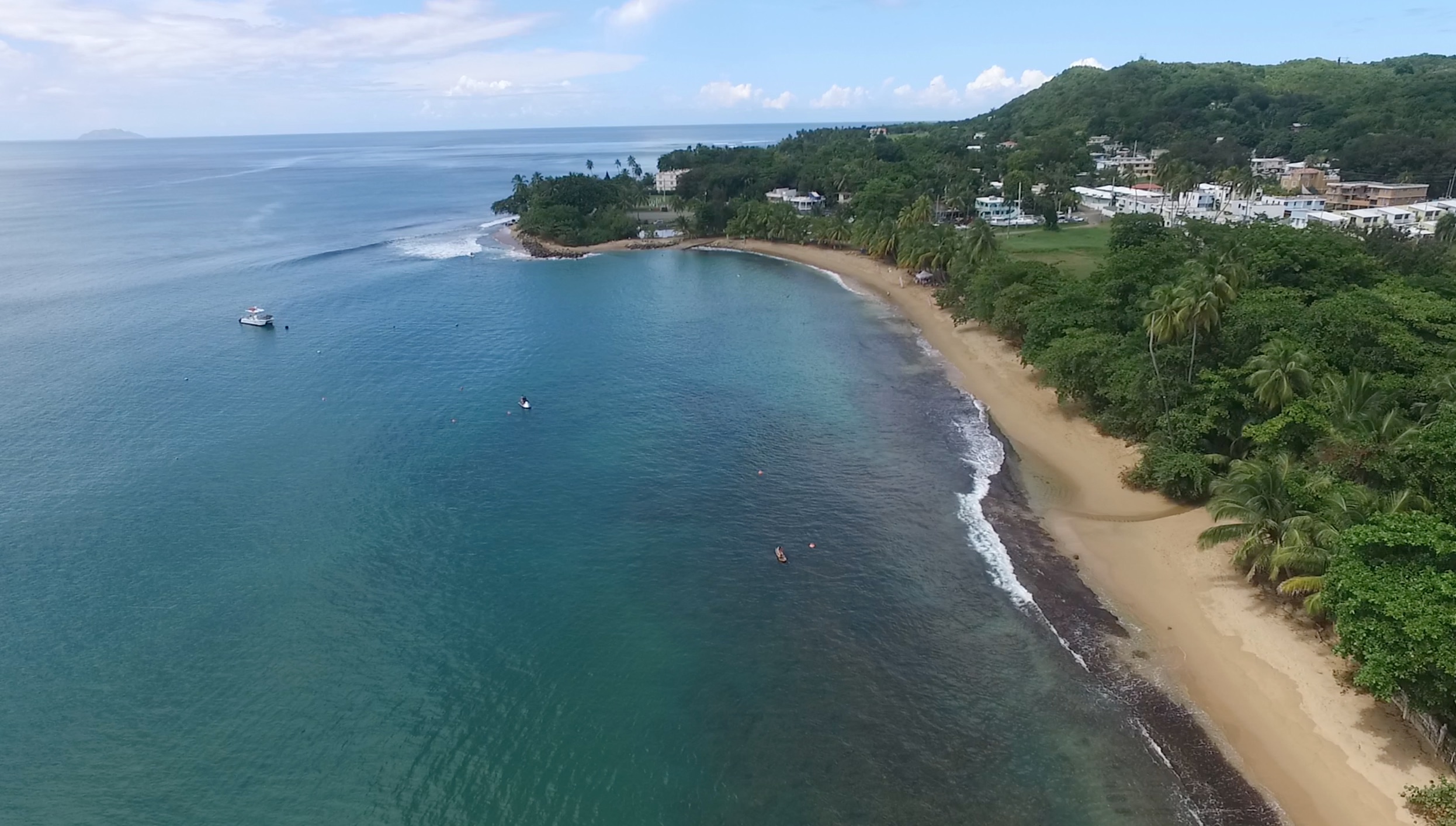
CARICOOS with the CIAPR Commission for Natural Disaster Management
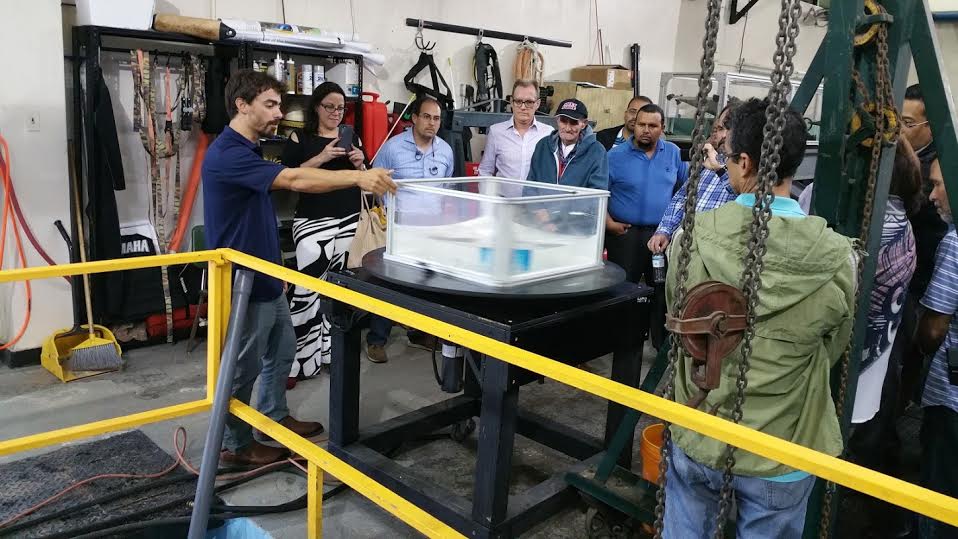
CARICOOS at Planeta Digital



